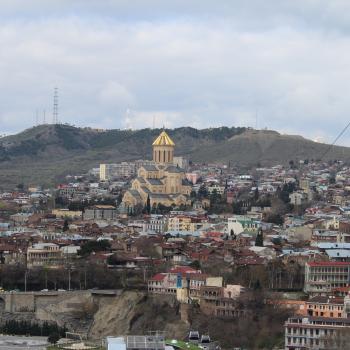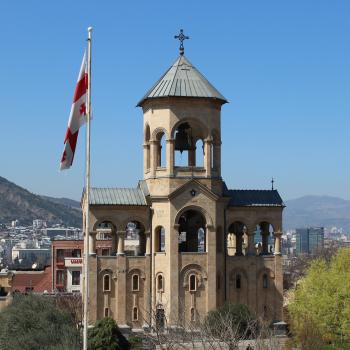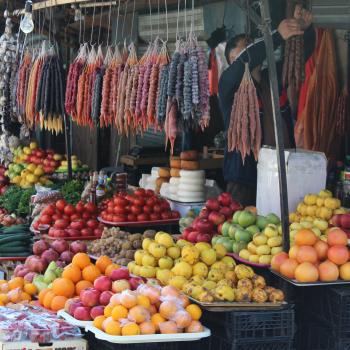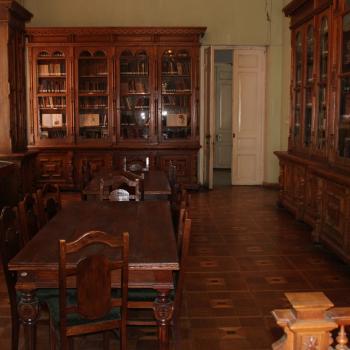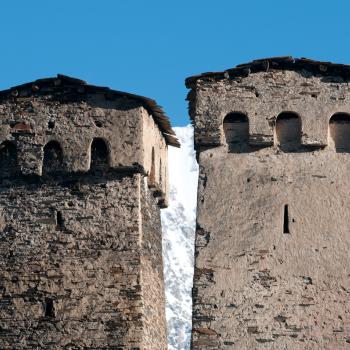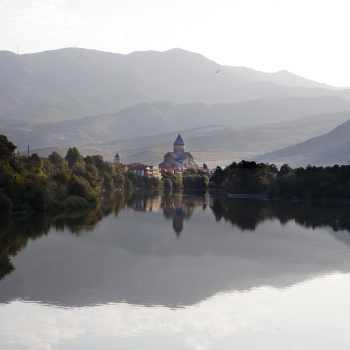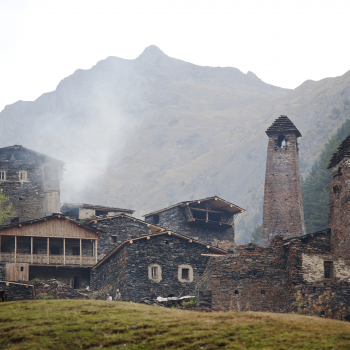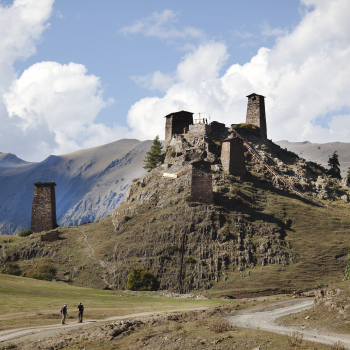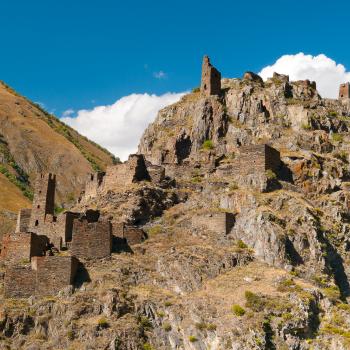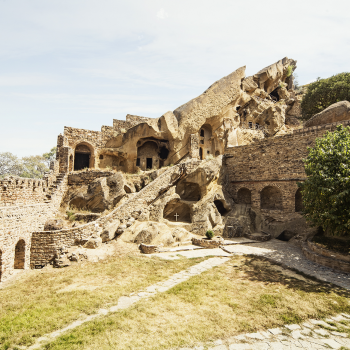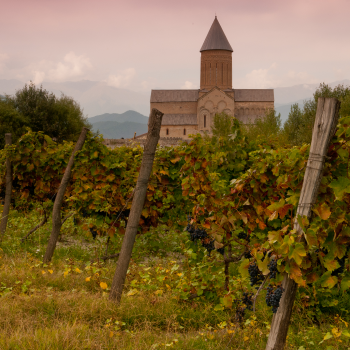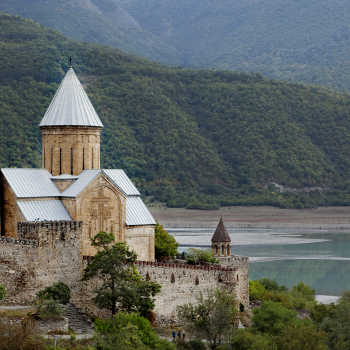Géorgie
Georgia and the Silk Roads
The Great Silk Roads, that connected China with Mediterranean world, developed since 2nd century BC. Its main route went through Iran and Syria. At the same time there exist assumptions, arguing that several branches of this road crossed the territory of Georgia as well.
The Caucasian route gained importance in the 6th century after confrontation between Byzantium and Iran started – it became unprofitable to deliver silk to Byzantium and other Mediterranean countries via Iran both from economic and security reasons. Under such conditions the issue of the alternative route became very urgent. Central Asian merchants, that provided Byzantium with Chinese silk, tried to explore new route, namely the one going to the north from the Caspian Sea, crossed the Caucasus range (via Dariali gorge or other passes in the West Georgia) and proceeded to Byzantium via Georgia. It is known that the first caravan loaded with silk passed this route in 568.
The new road was much more difficult than that via Iran, but from the political and military point of view occurred to be more favorable. Archeological excavations in the North Caucasus confirmed that in the late 6th century and the first half of the 7th century the significant part of the Chinese silk was delivered to Byzantium through Caucasus.
The Caucasus branch of the Great Silk Roads was explored after the 7th century as well, even when Georgia was under Arab control. Lately, after the 14th century this branch of the Silk Roads lost its importance and the great caravan routes seized to traverse Caucasus.


